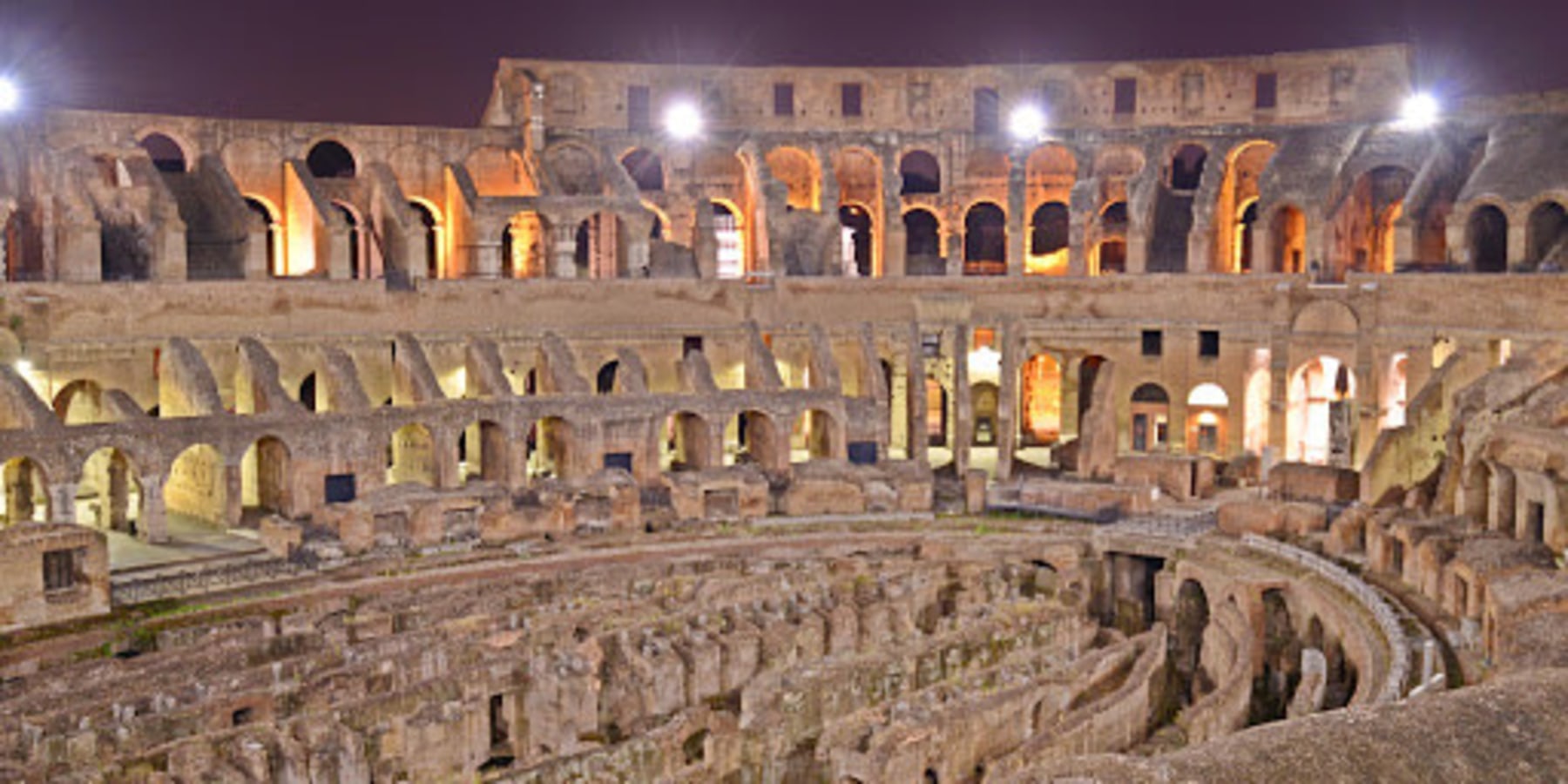
The Roman Amphitheater of Alexandria is the only Roman amphitheatre in Egypt, dating back to the 2nd century AD. It was discovered by chance in 1960 by the Polish Egyptian expedition to Kom el-Dekka. It was found when the expedition team was trying to remove some remains from Napoleon’s time. The theatre dates back to the 1st -2nd century BC. When this place was changing its plan and function until in the 6th century, it became a place to celebrate religious feasts. The theatre consists of 2 main parts: AUDITORIUM – conference hall and SKENE’ – performance hall. Between these two parts, there was a special place for the orchestra. The diameter of the theatre was 42 meters. Now it is impossible to identify exactly how many steps the theatre had until the 6th century. After that, it became 33.5 meters in diameter and 16 steps. In the same century, it was decided to turn the open theatre into a close celebration hall. In the beginning, it was a semicircular auditorium with a number of rows of seats and a skenè in the middle.
Then it was decided to remove three steps (rows) and extend the auditorium. In addition, six columns on two rows were made to cover the theatre and support a dome designed to be placed on the body of the theatre (steps) and six columns. But after construction, the dome collapsed due to incorrect scientific calculations. Since the theatre is no longer used, so far, you can see some remains of mosaic floors that once covered the entire floor of the scene. The steps of the theatre are made of white marble, except the lower one in pink granite. The site is also home to the Villa degli Uccelli – four well-preserved floor mosaics depicting birds; rather than risk damaging the mosaics by moving them, a museum has been built over the opera to protect it from the elements.

